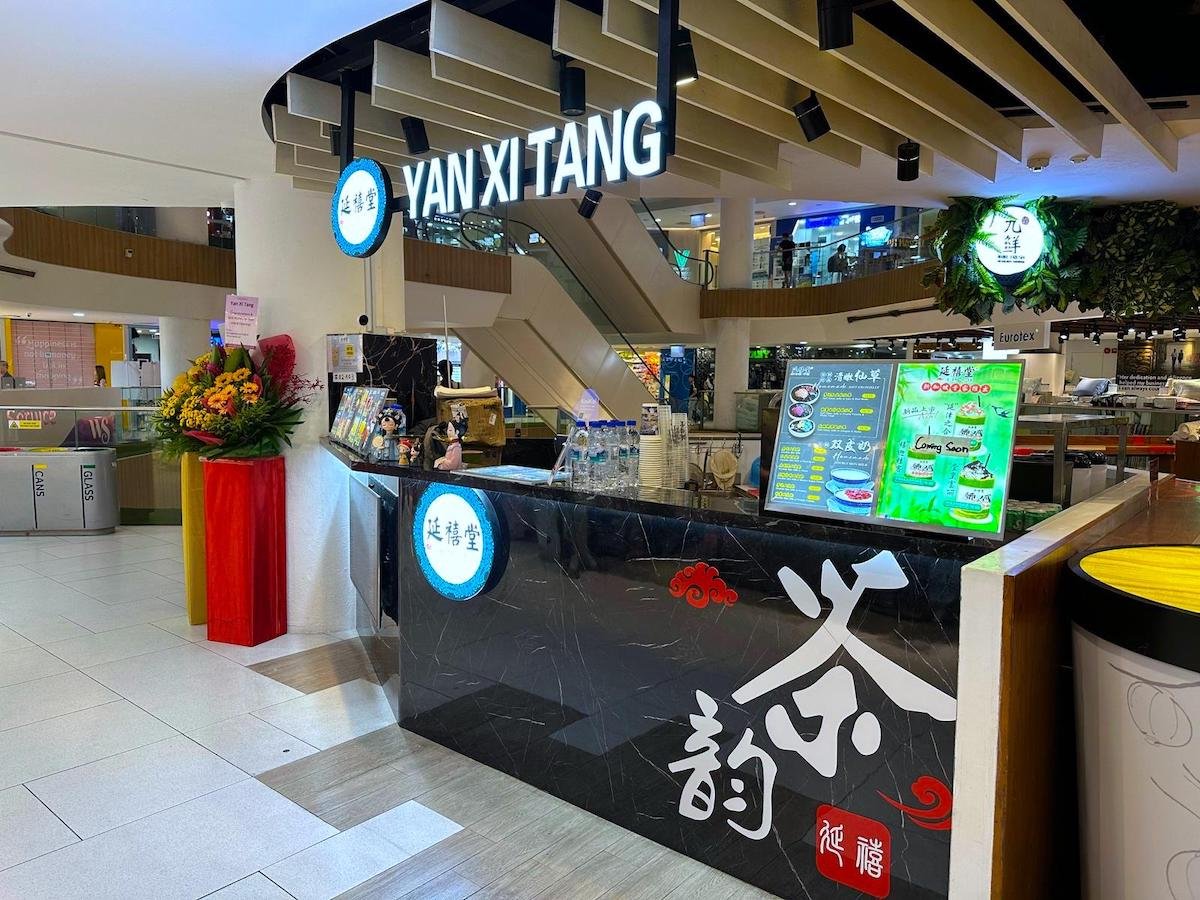There’s More to Retaining Your Best Employees than Pay
Oftentimes, we look back at how long the Covid-19 pandemic has been around for – we’ll save you the Google search; it’s been more than three years – and feel secretly amazed that we’ve lasted this long under its glooming shadow. Nobody could have foretold how long the pandemic would last. Nobody could have predicted the staggering impact that Covid-19 has had on every aspect of our lives. Most importantly, nobody could have envisioned the consequences of the pandemic on our workforce.
Well… the last one isn’t quite true. Someone did. In May 2021, Anthony Klotz, a professor of management at Mays Business School at Texas A&M University predicted a sustained mass exodus due to the pandemic.
The Showdown Between Bosses, and Employees
An ongoing economic trend is happening, and it’s aptly titled the “Great Resignation”, the “Big Quit”, or the “Big Shuffle”. Employees are voluntarily resigning from their jobs en masse, beginning in early 2021.
And it’s not an isolated event. In China, it’s called “tang ping”, or “lying flat”, and is seen as a rejection of societal pressures to overwork. In Australia, an unprecedented number of workers are leaving their jobs for better pay and working conditions. In Europe, quit rates are surging up to 6.0%.
To the horror of most employers, the Great Resignation is still happening up till today, more than a year after it began.
Typically, higher quit rates indicate employee confidence in the ability to get high paying jobs. These are usually a marker of high economic stability, an abundance of people working, and low unemployment rates.
This worldwide phenomenon, however, is completely bucking the usual trend. Despite labour shortages and high unemployment rates, especially in the technology sector, people are resigning in waves. But why?
Causes of the Great Resignation
Since the pandemic began, workers have had more time to rethink their career progression, work conditions, and long-term goals. Now that the economy is gradually opening, most workplaces are beginning to corral their employees from the freedom of work-from-home back into the torrid shoeboxes of offices.
Tesla’s Elon Musk recently put his foot down and demanded that all Tesla staff return to the office full-time. Apple recently requested for all their employees to be in office for a minimum of three days a week. Both moves were met with huge backlash.
Statistics show that the exodus is being driven by Millennials and Gen Z’s, who are more likely to be dissatisfied with their working conditions and salary. They’re looking for more “flexibility for work-from-home arrangements”, said Adam Piperdy, founder of events company Unearthed Productions. “That could be our winning strategy in attracting talent”.
His point is valid – organisations could look at these perks to attract and retain talent. Of course, in addition to those perks, salary is always a point of contention. Most recently, Singapore’s Public Service Division (PSD) announced a wage increment of 15% to 20% for officers in the civil service, creating pressure on private firms to increase starting salaries. Companies that don’t do so might lose out in terms of talent attraction and retention.
But are flexible working schedules and pay increments the only method of managing human resources?
How Else Can Organisations Build Lasting Relationships with Their Employees?
Higher pay is great, flexible working schedules are awesome. But these two things can’t be the end all be all to attracting and retaining talent. Another surefire way to guarantee those two would be attractive employee benefits.
In Singapore, employee benefits generally fall under four categories – finance, work, health, and lifestyle. These include sick, annual, and maternity leave, incentives and bonuses, retirement fund contributions… the list continues.
Recent reports are showing that employees want more, beyond the norm listed above. Why is this happening?
All those listed above are typically financial incentives, which can cause an employer-employee relationship to feel transactional and calculative. In a world where cultural shift is always occurring, employers need to realise that our current dominant group of employees are focusing more on overall wellbeing – not just financial health.
Organisations must fulfil the employees’ sense of self.
Abstract as it may sound, we’re in an era where people want more than just a stable, nine to five job, five days a week, rinse, and repeat. One way for organisations to show that they care for their employees’ overall wellbeing is through attractive employee benefits that are out of the norm.
Of course, we don’t mean that companies must reach the level of Google and Twitter (even though we, as employees ourselves, wouldn’t mind). Three catered meals made by professional chefs every day, bi-weekly chair massages, yoga classes, on-site acupuncture, and even haircuts? Sounds like a dream come true.
For many of the younger generation, they would rather be able to enjoy employee benefits that truly benefit their lives, rather than receive the typical employee benefits. According to a survey by LinkedIn, companies with a variety of benefits saw 56% lower attrition.
Flexible benefits such as company sponsored trainings, e-vouchers, and wellness initiatives (for e.g., fitness classes) were voted by a staggered 85% of SME employees as equally as important as medical benefits. The same percentage of people thought that employers should prioritise these as employee benefits.
To contrast the demand of flexible employee benefits, it was reported that 34% of companies do not offer lifestyle benefits, or benefits at all. Most companies cited a small company size, and a high cost of group insurance as reasons for not offering employee benefits. The SMB Benefits and Employee Insights Report by Ease found that smaller companies are struggling with the costs of employee benefits. When they do, these companies pass on the cost to employees, increasing the chances that they will seek employment elsewhere.
What Employee Benefits Does Your Company Offer?
All that’s said and done… does your organisation offer attractive, flexible employee benefits to your employees? Or are you facing increasing operational costs, which is hindering you from doing so?
There are plenty of up-and-coming employee benefits out there that offer a selection of benefits at a lower cost for SMEs in Singapore. These platforms usually focus on one aspect of employee benefits, such as health and wellness, or lifestyle, or finance.
Well, not to toot our own horn (we absolutely are, but please indulge us) but Purple covers all these categories and more. Our rewards platform offers two kinds of rewards to employees – through vouchers, made redeemable through Purple points offered by our Purple merchants.
Related: Purple Rewards: Enjoy The Biggest Retail Merchant Deals
Where can employees spend their Purple points?
Purple is an industry-agnostic platform, which means that your organisation’s employees can spend Purple Points on anything and everything under the sun. Visits to the doctors? Subsidised. Getting a fresh haircut, or a fresh coat of manicure, or new clothes? Subsidised. Family trips to restaurants? Subsidised too. The best part? All these subsidies come at zero cost to you.
We see the hesitance on your face – to be able to cover such a wide range of industries, and to offer such attractive rewards… there’s got to be a hidden catch. What do you mean we don’t have to pay for any of the Purple Points for our employees? Well, we mean it when we say that the cost for using the Purple platform for employers is absolutely nothing. Zilch, nada, zero.
We truly wish we could see your face right now. Alas, this is just an article. Come talk to us in person – let us enjoy the bewilderment on your face as we explain once more that the cost for leveraging on our platform for employers is zero.
When our parent company, Affinite, manages your company’s insurance portfolio, we receive commission. All commission that Affinite receives is redirected back into your employees’ Purple e-Wallet, creating a happy cycle of lowered operational costs, happier employees, and an unshakeable workforce for your organisation.












